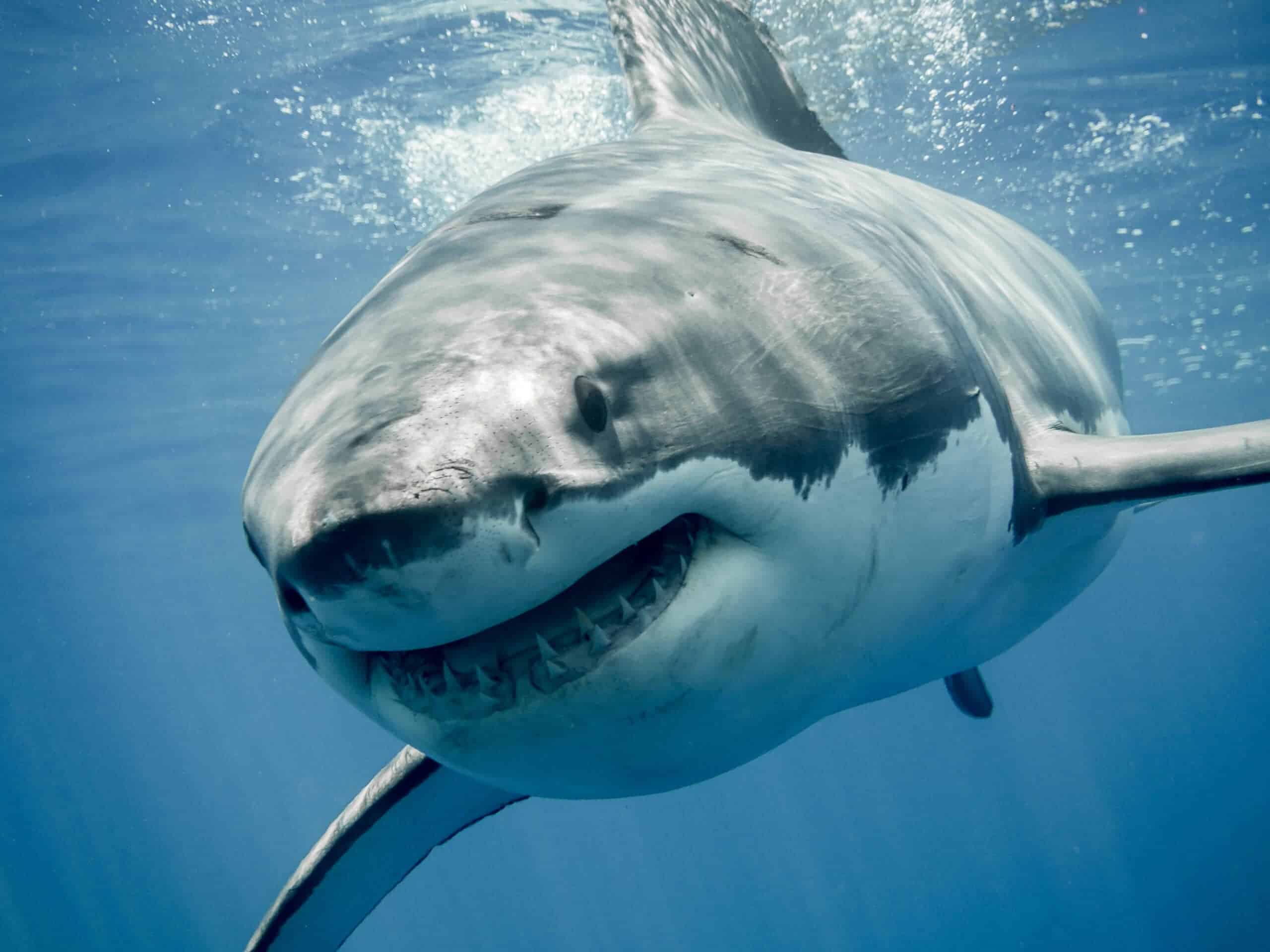On summer mornings, local kids gather at Padaro Beach, California, to learn surfing in gentle waves. Recently, the beach has also attracted juvenile great white sharks, prompting the launch of SharkEye, an initiative by the University of California Santa Barbara’s Benioff Ocean Science Laboratory (BOSL).

SharkEye uses drones to monitor underwater activity and sends alerts to about 80 people, including lifeguards, surf shop owners, and parents of children taking lessons, if a shark is spotted. Similar initiatives have been implemented from New York to Sydney, using drones to enhance beach safety. However, human-monitored drones detect sharks only about 60% of the time due to challenges like choppy water and sun glare.
SharkEye serves as both a research program and a community safety tool, analyzing shark behavior and feeding footage into a machine learning model to train it to detect great white sharks near Padaro Beach. Neil Nathan, a BOSL project scientist, emphasizes the potential broader impact of automated shark detection for communities beyond California.


















